Entérate de nuestras últimas noticias Ir al blog
Learn about the process you must follow to register your courses and organize your class schedule
About 3 to 4 weeks before school starts, the International Office will send you the official course catalog that the University will open for the semester you'll be with us. You should follow some simple instructions and send your schedule to your Academic Exchange Advisor for him or her to corroborate that can carry all the subjects you want and have no restrictions.
Your courses will be uploaded 15 days before school starts and you'll do a review of your load on the induction course. The are only a few days to make modifications: first, it will be on the same day of the course (Wednesday) and the following two days (Thursday and Friday). After this date we will NOT be making changes.
It is important to confirm that you want to take courses offered during the semester you will study at Anahuac Mayab in order to avoid any misunderstandings. The University reserves the right to open or close courses depending on current demand.
It is also important that you check continually the email you have given us in your request, because that's where we're going to send you all this information.
As a visiting or exchange student, you have the obligation to maintain your student status at all times:
To maintain your status as a student, you will need to load a minimum of 18 credits, which is usually the equivalent of 3 courses.
You can choose any course that is offered within our five divisions:
The maximum course load is 66 credits (usually 11 courses), but only a very few students carry this academic load, therefore it will be necessary to present a record of excellence in grades for us to approve this.
It is important to have in mind that even though exchange students or visitors usually can register on any of the courses in previous schools, some could have restrictions.
Every student has the guidance of an academic advisor within the University, who is the person in charge of exchanges in each school, faculty or division, whom the student can go if you have questions or academic situation requiring advice and support.
The advisor also guides the student in terms of course content and the degree of difficulty of the same. He or she can also help you to make any adjustments (uploads or discharges) in courses.
It is recommended to be in close contact with the advisor and meet with him or her at least twice during the semester.
Teléfono: (999) 942 4800
Carr. Mérida Progreso Km. 15.5 AP. 96 Cordemex, CP. 97308, Mérida, Yucatán, México.
Miembro de

Sitio institucional | Aviso de privacidad | Términos y condiciones de uso